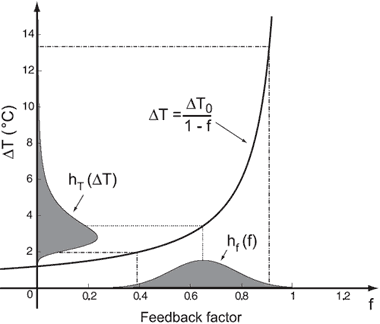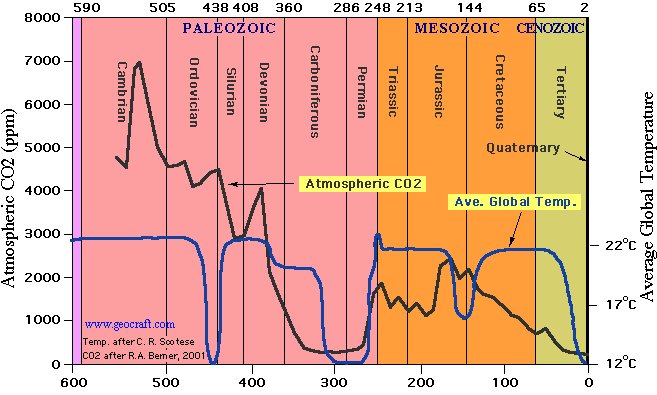Does model uncertainty exagerate global warming projections?
Posted on 11 November 2007 by John Cook
A common excuse given for not implementing CO2 limits is the uncertainty of climate models. While there is much empirical evidence for anthropogenic global warming independent of climate models, it's still worth exploring the question - should we wait until climate models are 100% accurate before acting on global warming?
Positive feedbacks in climate
There are numerous positive feedbacks in the climate system. As temperatures rise, more water evaporates into the atmosphere - the increased water vapor absorbs more heat, amplifying the warming. As ice melts, water and land are exposed which absorb heat more effectively than ice, again amplifying warming. Melting permafrost releases methane and carbon into the atmosphere. Warming oceans become less effective as carbon sinks.
A new paper Why is Climate Sensitivity So Unpredictable? by Roe and Baker examines the implications of positive feedbacks on model uncertainty. Imagine the climate warmed ΔT0 degrees and the net positive feedback factor from the warming was f. Ultimately, the total warming after feedback was included would be:
![]()
As f approaches 1, the change in temperature grows very large. What is the significance? The below graph shows the probability function of positive feedback hf(f) and how it translates into hT(ΔT) - the probability function of ΔT. The inverse relationship between ΔT and f means that hT(ΔT) - the probability function of ΔT - has a long tail.

The shape of hT(ΔT) means that while there is very little probability of low climate sensitivity, the possibility of a large climate sensitivity cannot be ruled out due to the long tail. We can rule out a low climate sensitivity with greater confidence but a high climate sensitivity is still a possibility.
Skeptics argue that model uncertainty means global warming projections are likely to be exagerated. However, Roe & Baker show the uncertainty is skewed towards a more sensitive climate. This isn't a bias programmed into models but the inevitable consequence of a climate system with net positive feedback.































 Arguments
Arguments























 0
0  0
0







Comments